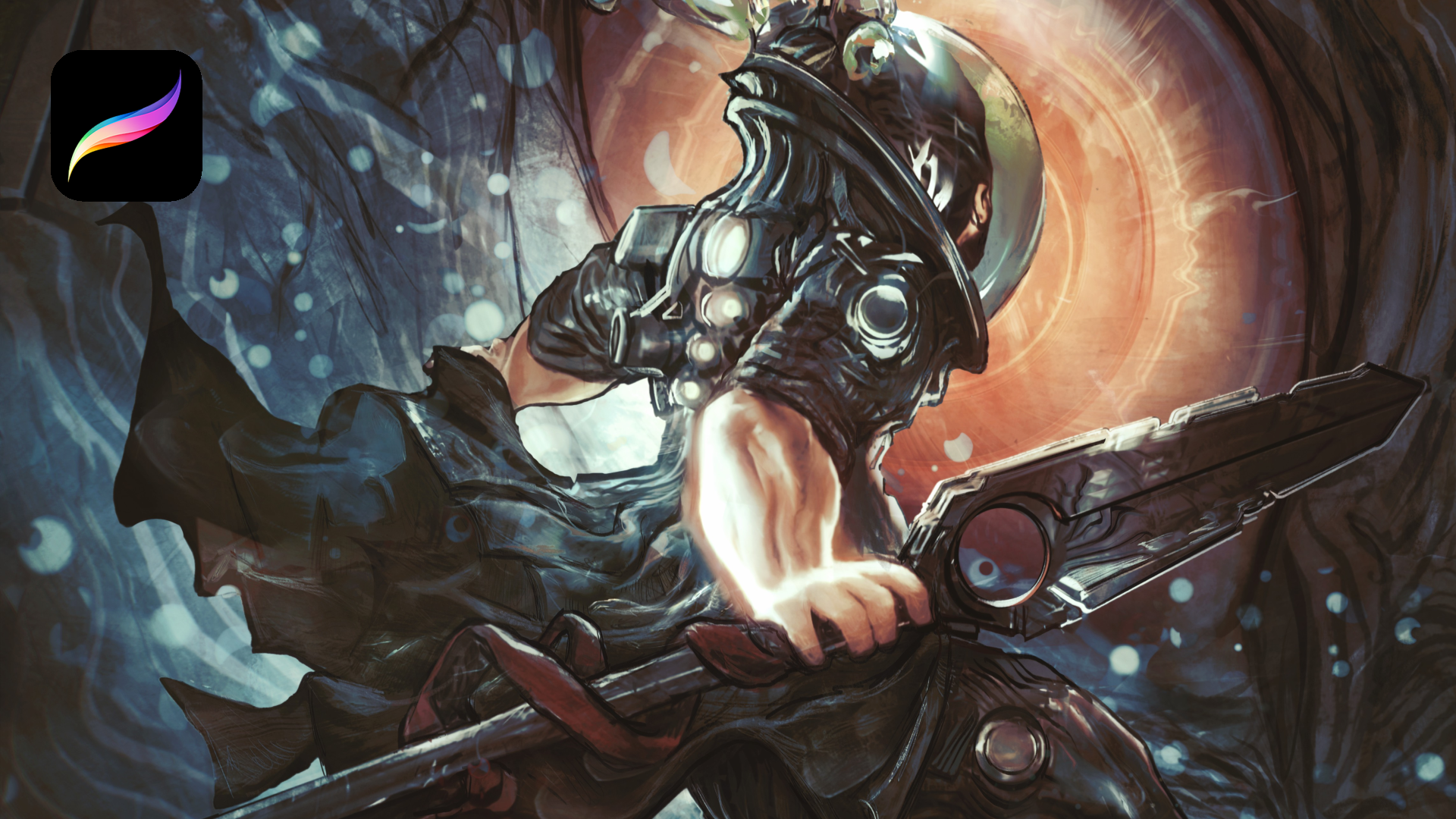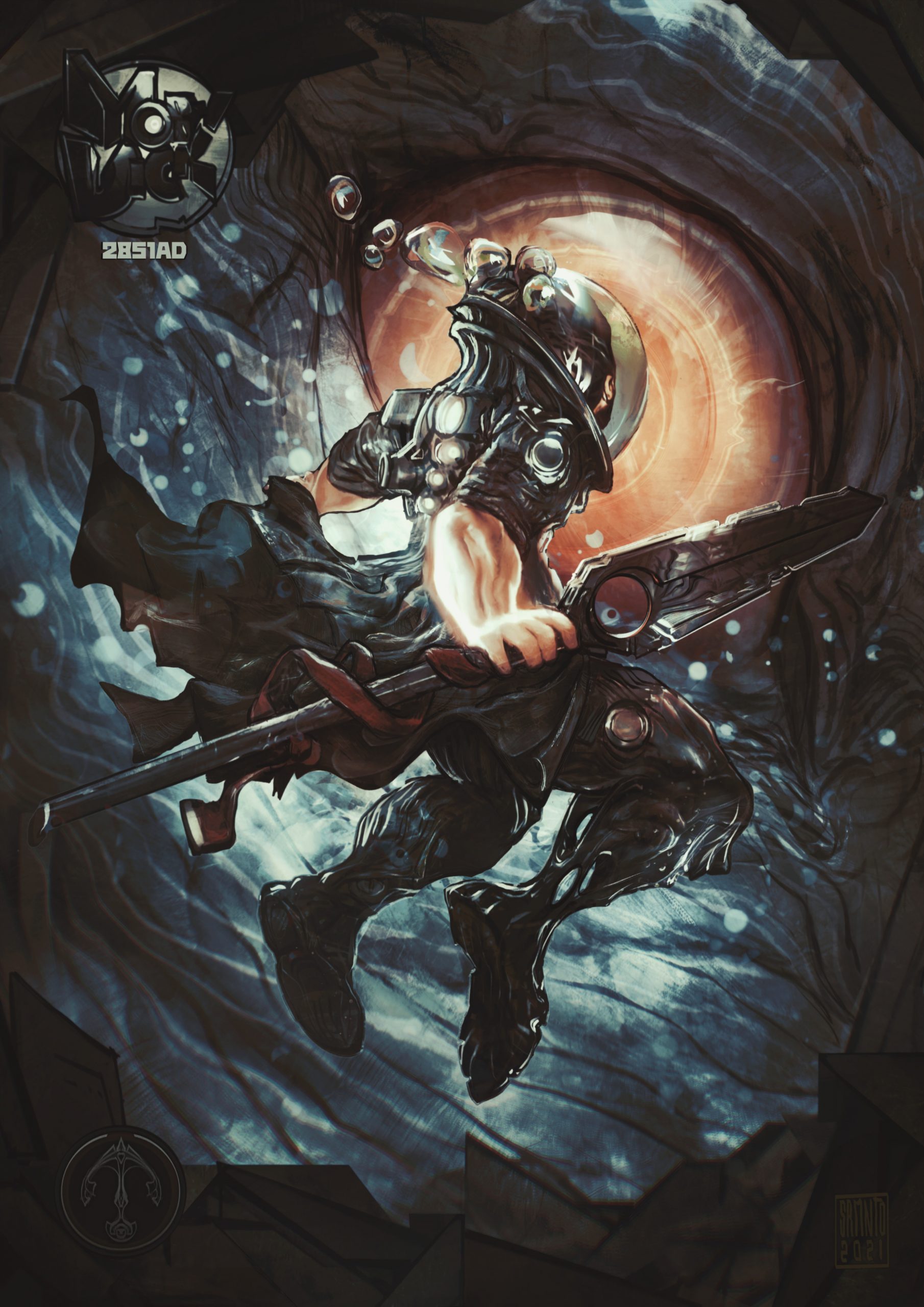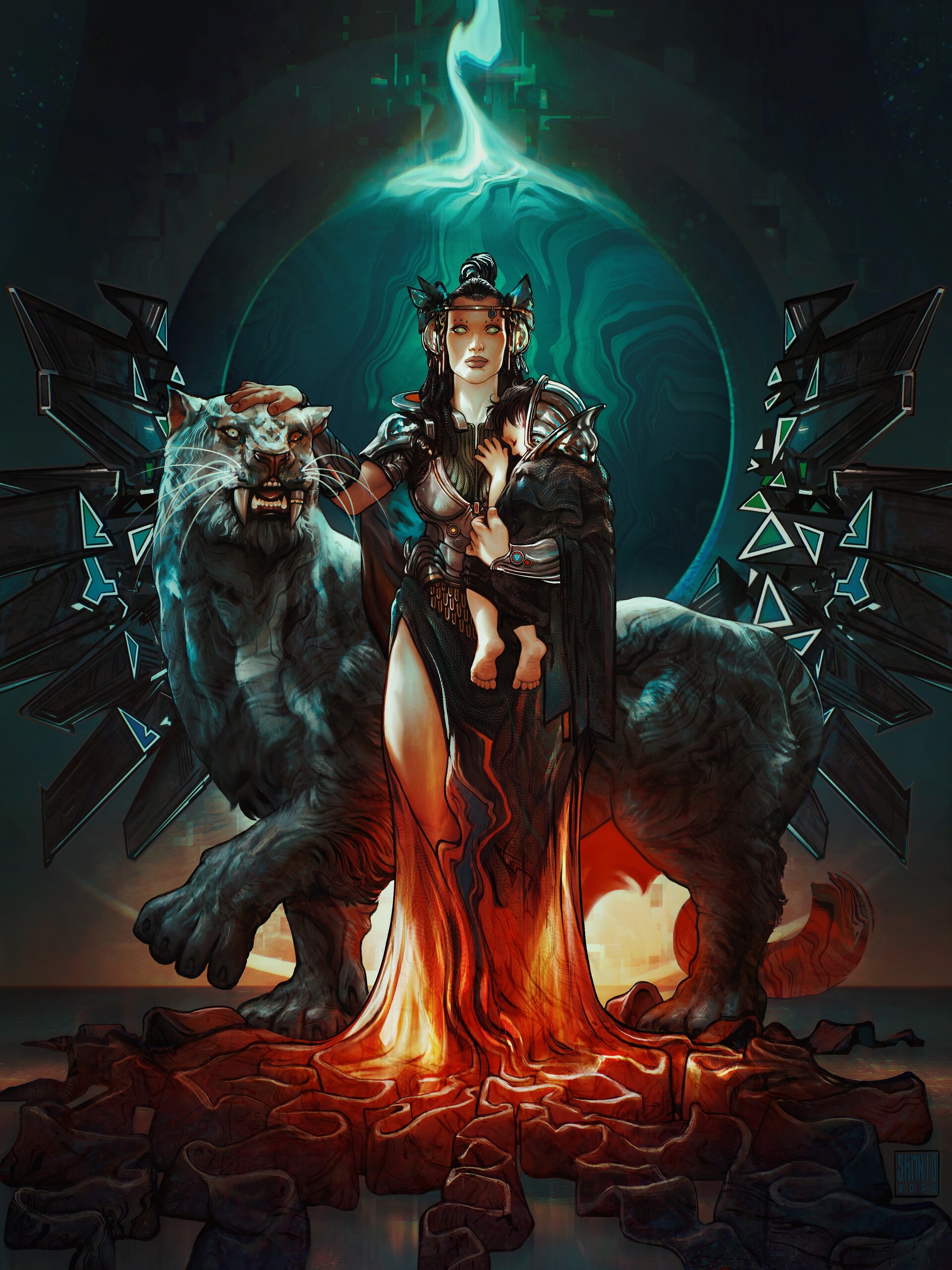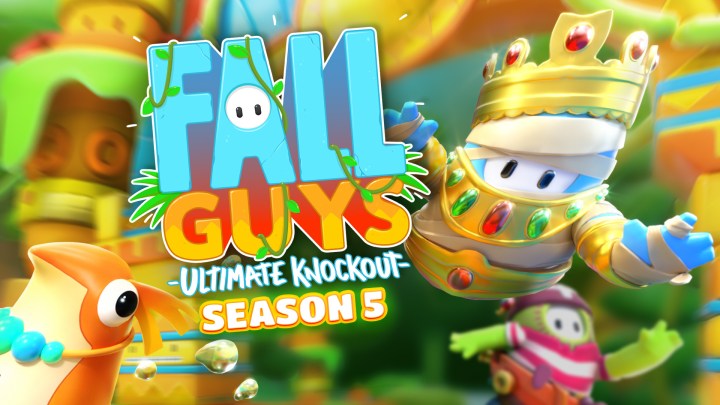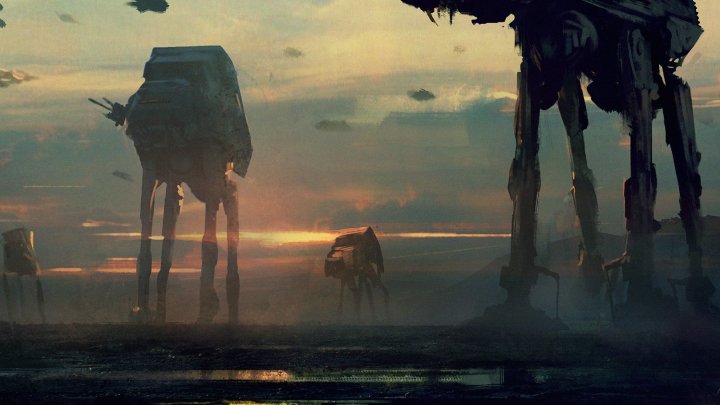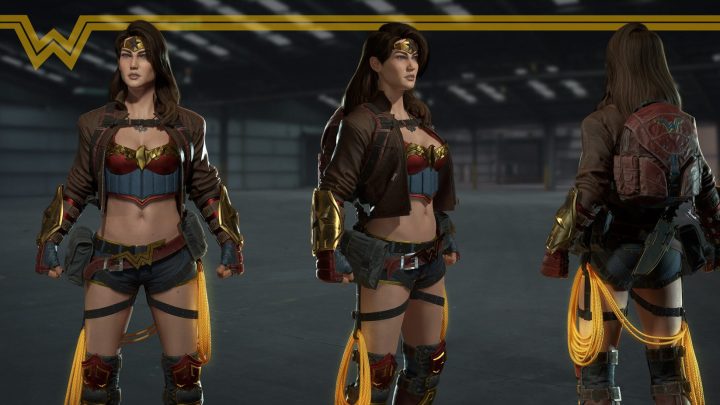Creating a Sci-Fi Concept in Procreate with Rafael Sarmento
In his new ArtStation Learning course Creating a Sci-Fi Concept in Procreate, Rafael (Rafa) Sarmento provides a process discussion and workflow review for an original sci-fi artwork that reimagines the classic whale tale of Moby Dick.
We had the opportunity to ask Rafa where the concept of “Moby Dick 2851AD” originated, and how he included both narrative and design considerations in his course. Read on to also learn his advice for young artists and their creative journey.
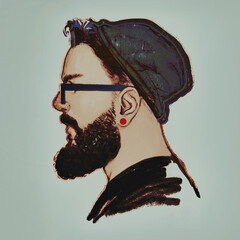 Rafa is an award-winning illustrator and character designer from Southern Brazil. With work that inhabits the space between the baroque and the urban, the fantasy and the sci-fi, he creates story-driven paintings for clients from all over the world.
Rafa is an award-winning illustrator and character designer from Southern Brazil. With work that inhabits the space between the baroque and the urban, the fantasy and the sci-fi, he creates story-driven paintings for clients from all over the world.
Behind the course:
I’m passionate about stories, and conveying narratives into my work is something that really inspires me to do what I do. I usually create small tales for my illustrations as a way to embed a context that will facilitate design decisions, even if this story is only for myself. The course is about finding the path to the story you want to tell through an illustration, and about how important it is to change the direction you’re heading when the image needs.
I believe the course can be a light-hearted way for the watcher to find out about not only the way I come up with the things I create, but also to show that they can have a less contrived approach to image-making in general. This can loosen the tight expectations that we usually have during the early stages of our development processes, and allow us to make mistakes, find happy accidents, and go further than we could’ve imagined.
How did you come to imagine the world of Moby Dick 2851AD?
I have so many stories queued inside my mind, that I want (and need) to unleash from the realm of abstraction. The reimagining of Moby Dick was one of the projects I’ve been thinking about for a while now as something I might develop into an illustrated book or something similar. The idea of placing the story (or the background motif) of the illustration 1000 years after the release of the original Moby Dick classic was something that came along during the initial ideation process, not something that I had thought of before.
I was envisioning this as a hyper-futuristic tale, something so far away in the future that the boundaries between sci-fi and fantasy would be completely blurred. This is one of the reasons I kept the ambiance of the piece in the open. Whether Ahab is immersed in an alien ocean or he’s floating in outer space, it really doesn’t matter. This piece could be considered a vertical slice of the story I was inspired by, a fragment of a greater narrative that is waiting to unfold, regardless of the story being closer to the original or a glimpse into an unfathomable future.
When ArtStation called me for the workshop, I instantly felt the concept would fit the narrative of the tutorial in a cool way, because it would help me cover many aspects of my creative process in a streamlined order. The intuitive approach I have is about not getting stuck into a specific idea, but rather pursuing what the image is asking from me in order to better convey what it needs to say.
Most memorable learning experience?
If I have to pick one – it would be working with Max Ulichney last year. He’s the creator of MaxPacks (the world’s most premium Procreate brushes) and a very, very good friend. I was working on a commissioned piece for him, a promo illustration for the release of his Retro MaxPack. I was facing a very hard moment during the development, concerning the composition and the value structure. He helped me to face some issues that I was having with my fundamentals; the way he put it simply blew my mind. It literally made me a better artist in the course of a few days.
Favorite feature in Procreate?
Definitely the Brush Studio. It allowed for an improvement on the brush dynamics and feel that I couldn’t have even imagined was possible, given that it was already fantastic before. It’s insane! It’s by far the very best digital art tool on the planet. Since I’m also a traditional painter (well, not so much these days), the drawing and painting feeling in Procreate is unparalleled if you’re into traditional media as well. The Brush Studio feature provided an even bigger jump in experience quality.
1 sentence of advice?
Respect your own time.
I’ve seen far too many good people and emerging artists be caught by the traps of social media and the urgency it ignites, like with anxious comparisons to other artists, rushing to achieve a certain “level”, or urgency to work at a certain hyped company.
Being an artist is about self-discovery. The most important things we need to learn are actually within ourselves, not on the outside. Each and every one of us has our own timing, our own pacing, and this is a process that is not benefited at all by the pursuit of shortcuts (or anything really) that would accelerate the maturing of our artistic sensibilities. Take your time to explore, to discover, to learn what is it that you really need to achieve – whatever that goal is, that drives and inspires you.
The more you stop comparing to others, the more likely it is that you’ll start listening to the voice that you already have, screaming inside of you. Take your time. You’re unique.
See more of Rafa’s ArtStation portfolio here.
ArtStation Learning courses are included in all ArtStation premium subscriptions. Find out more >
Find more ArtStation Learning Instructor interviews here.
